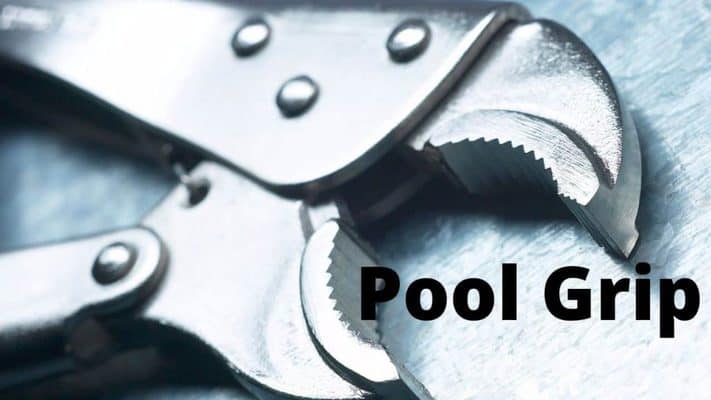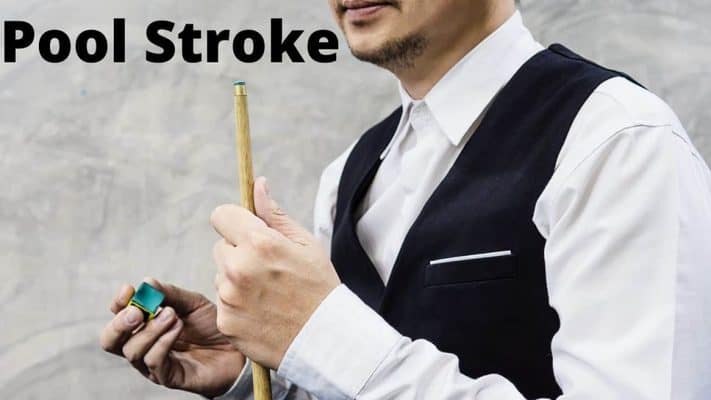Ok, so who cares about the pool stance, or how to stand when playing pool?
I know that I found something useful.
For pool players going back to the basics and examining your fundamentals should be part of your coaching/practise plan. A professional pool player will go through the basics occasionally to help remind them of what they should be doing.
What is the Pool Stance?
A solid stance is the foundation for all pool skills.
The stance sets the platform for the basic pool mechanics including body alignment, stroke clearance, pool cue alignment and aiming.
The stance must be solid, balanced and comfortable but to start with it will be none of these.
I have seen in a lot of instruction manuals and videos that the instructor is telling the player to get into a pool stance which is “comfortable, natural and balanced” now let me tell you that if this is the first time you’ve gotten into this position and it feels natural balanced and comfortable you are doing it all wrong!
There is nothing natural about a pool or snooker stance and it certainly is not comfortable in the initial stages.
What Are The Goals Of A Pool Stance?
Ok so before you try your pool stance out, lets take a look at the main goals of a good stance:
- Enables the correct alignment for aiming.
- Provides a solid platform for shot delivery.
- Lowering the head for easier aiming.
- Your stance needs to put the cue onto the shot line.
- Allows hip clearance to the cueing arm.
- Aligns the eyes, head, shoulder, elbow and bridge.
If you look at a few of the best players/professionals you will notice that they all look different on the surface.
Each player has their own individual style, but despite their differences they all incorporate the above essential fundamentals.
Differences in the Stance.
Have you ever noticed the way that top players, both professionals and amateurs, stand at the table? Their positions are all different but they all demonstrate the same fundamentals.
- Height of the player.
- Length of their legs.
- Width of their shoulders.
- Length of their arms.
- Player build slim versus stocky frame.
- Player flexibility.
Key Elements of the Stance.
If you have taken the time to study some great players, you will have discovered the similarities of their stances not with standing the list above.
Your stance must include the following elements:
- Stability.
- Consistency.
- Balance.
- Alignment.
- Clearance.
Before you Get Into Your Pool Stance – Pre-shot Routine
- Observe the situation.
- Select the shot.
- Select the position route.
- Visualize a positive outcome.
- Finalize all decisions.
- Step on to the shot line.
Where to Stand When Taking Up Your Pool Stance.
In order to build your stance, we will assume that you know where the line of the shot is and place your right foot around the shot line facing the direction of the shot.
The right foot should be around a pool cues length from the cue ball. The exact position of your foot will evolve as you find your optimum distance and alignment. The placement of the foot will determine if your cue drops onto the shot line or not.
Some players have their foot running parallel to the shot line, whilst other players turn their foot up to 90 degrees. The precise positioning of your foot will affect your aim and body clearance.
How to Stand.
Right now your feet will be together with your right foot on the line of the shot. From this position, you can see down the line of the shot through the cue ball to the object ball.
Next place your left foot shoulder width from your right foot he’s up at 90° to the shop line or approximately 60° to the Shot line.
The placement of your left foot parallel to the line of the shot will allow your right hip to move out of the way. This will give your right side ample room for your grip hand to move freely backward and forwards.
So at this point you all looking down the line up the shot your right foot he’s on the shot line you left foot it’s a shoulder width apart parallel to the direction of the shot this will give you a solid base from which to build the rest of your stance.
Getting Down into Your Full Stance.
Bend forward at the hips placing your hand in the bridge position on the shot line. Your left knee should be slightly bent to accommodate the turn.
Bending the left knee also helps to make room between the cue and the hip. Your right leg should stay straight if possible. If this is difficult because you are very tall then bending the knee is acceptable.
Eklent Kaci from Albania is over 6 feet 6 inches tall and plays with his knee locked out.
During your downward motion, the cue stays on the shot line and your body moves around the cue. This will help to keep the cue on the shot line.
At this point, your hand should be 8-12 inches from the cue ball, the tip of your cue should be a quarter inch from the cue ball and your right hand should be hanging vertically gripping the cue at the rear.
One of the most important goals is to deliver the cue along a straight line.
Practice Getting Into Your Stance.
When you practice getting into your stance you will need to make some adjustments with your feet so as you put your hand on the table you don’t feel like you’re leaning forward or leaning back.
After a while you will automatically start to put your feet in the right place in order for this to happen you must repeat getting into your stance position many many times.
Each time you practice your stance stand on the shot line behind where you are going to take up your stance position and step onto the line and into your stands from further back.
Subconscious Alignment.
When you have practiced this for some time you will begin to notice that most of your amen is done standing up. In other words, the position of your right foot on the shot line will determine whether you were lined up with the shot correctly or not.
This means that you are doing most of your aiming while you are standing up. The placement of your feet takes care of the majority of the aiming process. Only micro-adjustments should be made when you are down in your full stance.
Some experienced players can get down into full stance with their eyes closed and still make the ball.
Listen to Your Mind, It Is Usually Correct!
I can assure you that every time I have felt uncomfortable down in my full stance, or I’ve had this little niggling thought in my head that something is wrong, I would usually go on to miss the shot.
If you don’t feel right, stand up, reset and go through your pre-shot routine again.
If I had stood up and reset my whole routine I would have probably made the ball.
The stance becomes a subconscious process. Your mind will tell you if you’re down on the shot and you’re not correctly on the shot line. You will feel uncomfortable you won’t necessarily know what is wrong but you just feel like something is wrong. This is the point where you mustget up and start again.
Conclusions
Your pre shot routine is key for getting into the proper stance:
- Aim before you get down into your stance.
- Get into the same position every time.
- Trust your instincts.




WOW YOU ARE SO RIGHT ARE YOU GOLFER TOO
ALL THIS APPLYES TO GOLF TOO
GOOD JOB